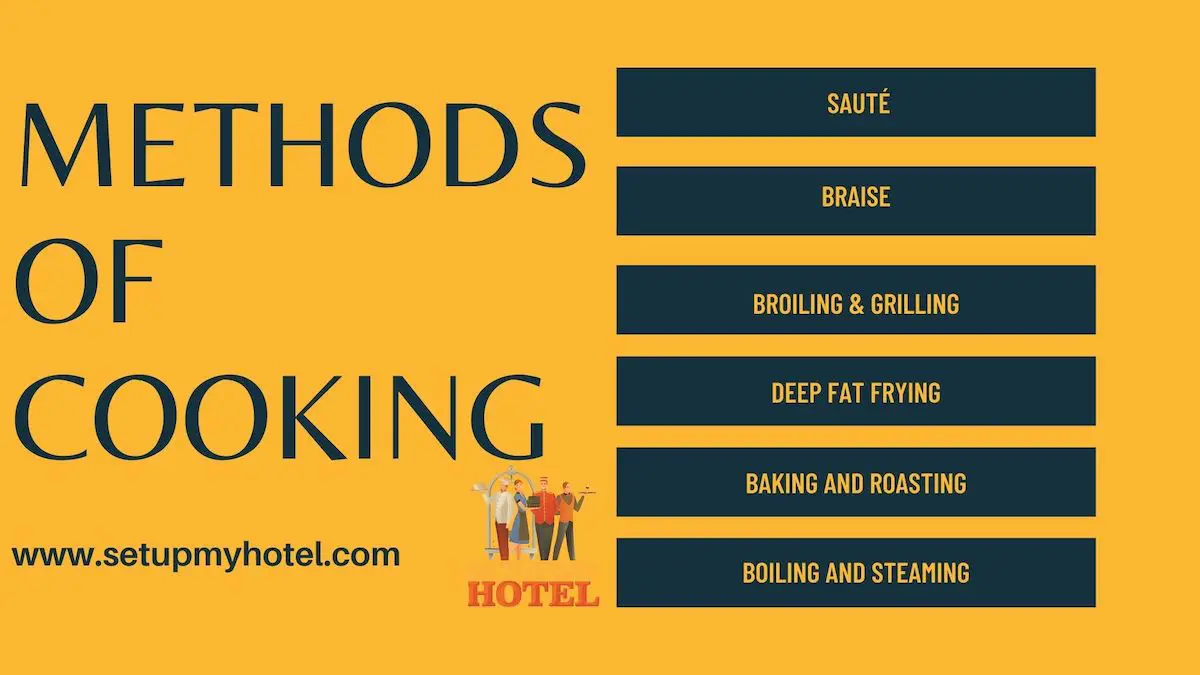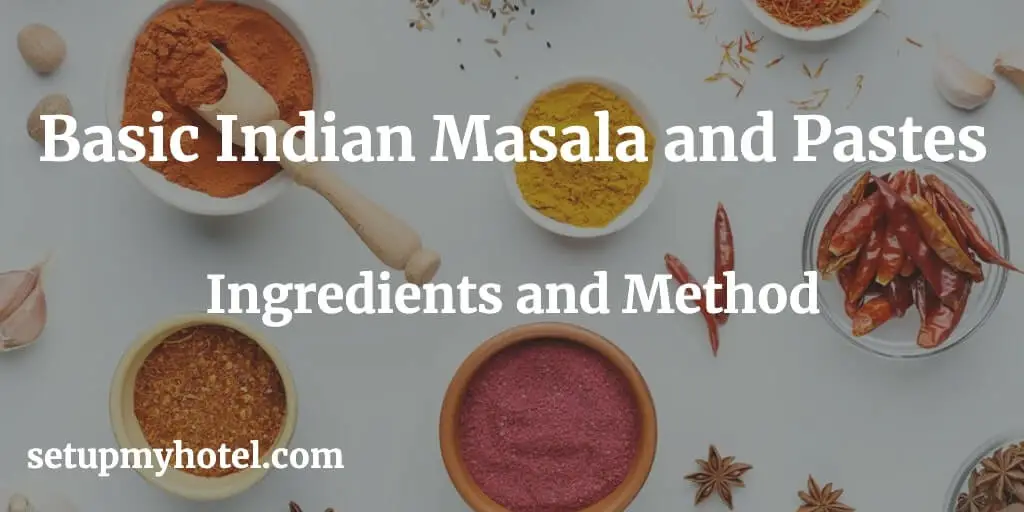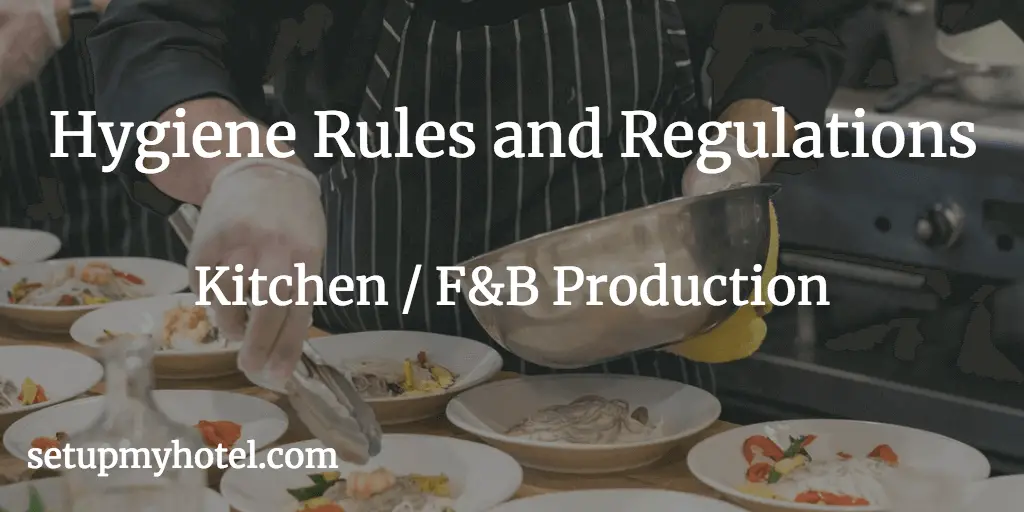Cuts Of Vegetables

Standard Cuts Of Vegetables Vegetable cuts, as simple as they may seem, play an immense role in creating culinary masterpieces. ...
Read more
7 Tips And Tricks For Food Plate & Platter Arrangement – Hotels | Restaurants

Plate & Platter Arrangement Tips and Tricks For Chef’s 1. Keep food away from the plate’s rim. The meal is supposed ...
Read more
The Basic Factors Of Food Presentation – Hospitality Industry

Basic Factors Of Food Presentation in the Hotel Industry The way food is presented has a significant impact on how ...
Read more
Uses Of Medium Duty Equipment In The Hotel Kitchen

Uses Of Medium Duty Equipment In The Hotel Kitchen Medium-duty equipment is a necessary piece of hotel kitchen infrastructure. It ...
Read more
6 Main Methods Of Cooking

Six Main Methods Of Cooking Cooking methods vary widely, each offering a unique approach to preparing food. The act of ...
Read more
Standard Meat Selection Criteria In Hotels

Standard Meat Selection Criteria in Hotels The standard meat selection criteria in hotels involve a careful consideration of various factors ...
Read more
21 Basic Indian Masala And Pastes With Ingredients And Method

21 Indian Spices and Pastes: Basic Indian Masala List 1. Aamchoori Masala Ingredients for preparing 450 gms of Aamchoori Masala: ...
Read more
Key Baking Terms / Bakery Jargons Used In Hotel Kitchen | Culinary

Key Baking Terms Used in the Hotel Industry Albumen: The principal protein found in egg whites. Au gratin (oh-grah-tan): Foods with a ...
Read more
39 Hygiene Rules And Regulations For Kitchen Staff / Chefs

Hygiene Rules for Hotel Kitchen and Food Production Staff Maintaining proper hygiene in a kitchen is essential for the safety ...
Read more










